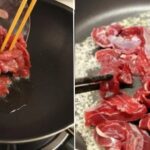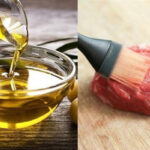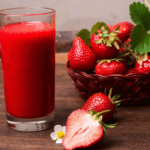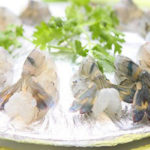Selecting the right ingredients is paramount when it comes to creating delectable dishes. A discerning eye for quality produce is essential, and this is especially true when choosing beef. So, how do you pick the perfect cut? If you’re unsure, keep these tips in mind the next time you’re at the butcher’s.
Should I buy hanging or tabletop beef?
You may have noticed that some shops display their beef hanging from hooks, while others lay it out on tables like pork. Experienced home cooks will tell you that hanging beef is often the fresher option. Hanging minimizes bacterial growth and reduces odors compared to tabletop displays. It also allows customers to inspect the meat from various angles, making it easier to assess quality.
Additionally, hanging beef suggests that the butcher hasn’t injected water to increase weight, as any added liquid would simply drip out due to gravity.
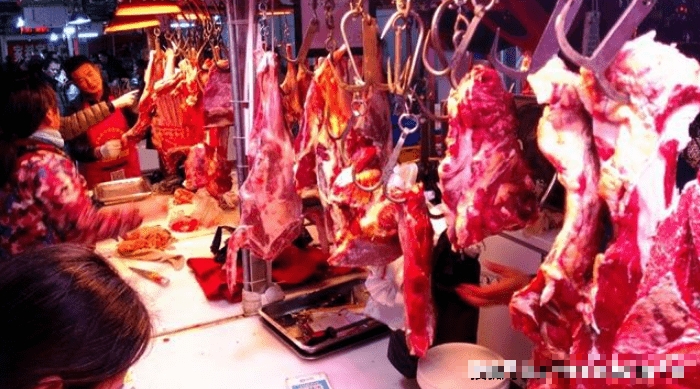
On the other hand, tabletop beef, left out all day, sits directly on surfaces, leading to bacterial growth and unpleasant odors. Moreover, if the butcher has injected water, it’s challenging to detect. For these reasons, opt for hanging beef whenever possible.
When making your selection, pay close attention to the color of the meat. Prime beef often boasts a bright red or light pink hue, with a slightly shiny surface. The fat should appear white or light yellow. Steer clear of cuts with dark red hues, black spots, or fat that’s deep yellow or brown, as these indicate older meat.
In addition to color, test the meat’s elasticity by gently pressing your finger into it. Fresh beef will spring back to its original shape, whereas older beef will remain indented.
How to clean beef before cooking
To ensure food safety, it’s crucial to know how to properly handle and prepare beef once you get it home. Here are some essential steps to follow:
Wash your hands thoroughly with soap and warm water to prevent bacterial transfer from your hands to the meat.
Rinse the beef quickly under running water of moderate pressure to remove dirt and bacteria without damaging the meat.
Trim away any excess fat or tough sinew to improve the texture and flavor of the cooked beef.
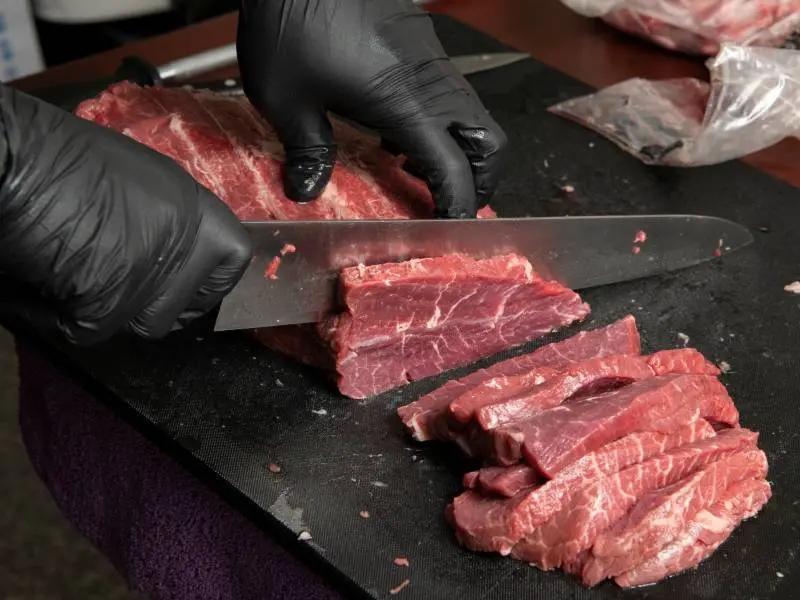
If desired, rub the surface with vinegar or lemon juice to reduce bacteria and add a pleasant aroma.
Pat the beef dry with paper towels after washing to allow seasonings to adhere better during cooking.
Use a separate cutting board for raw beef to prevent cross-contamination with other foods. Afterward, thoroughly clean the board, knives, and work area to maintain sanitary conditions.
Source: Nguoiduatin
























